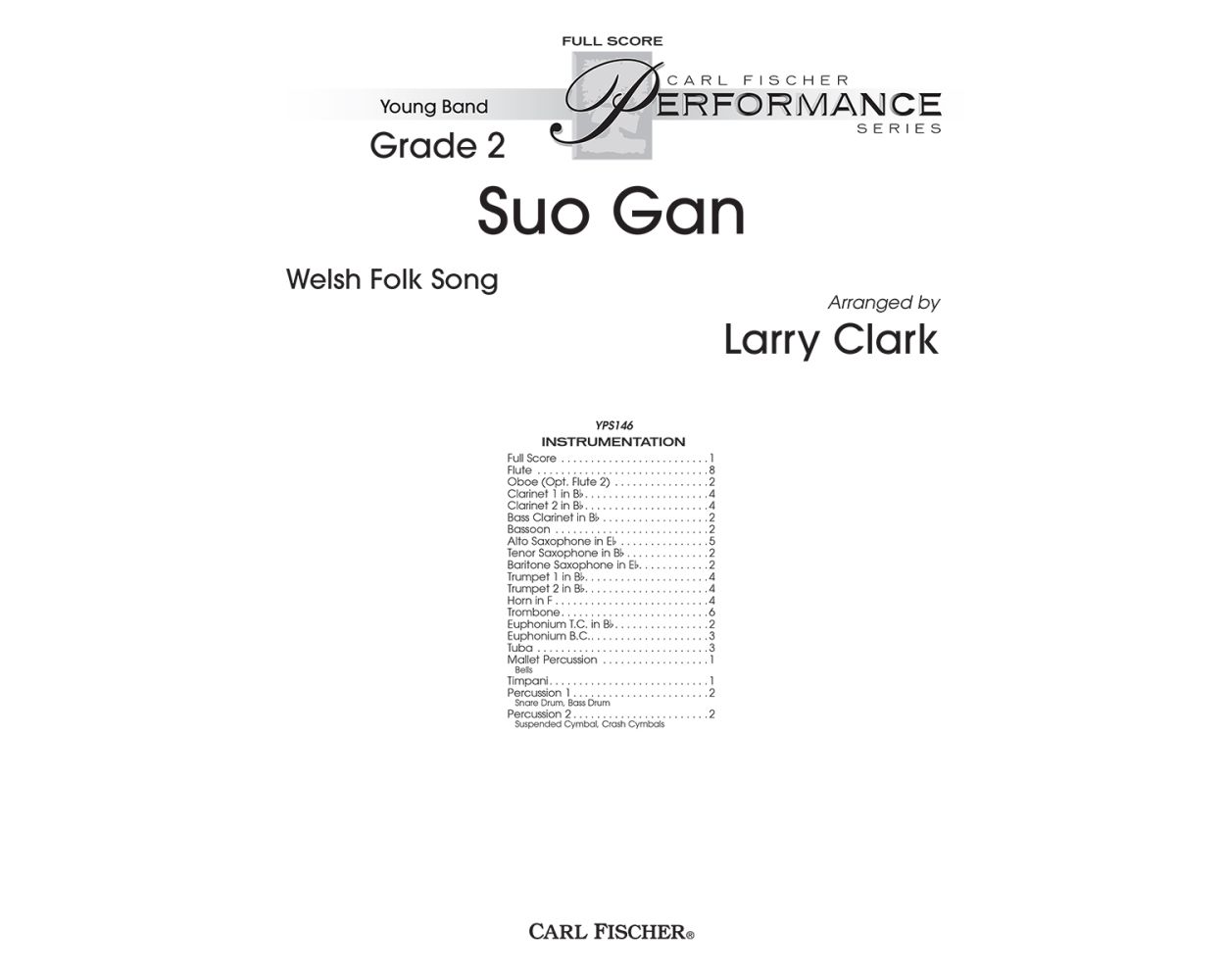Results
-
£83.60
-
 £79.50
£79.50The Spanish Night Is Over - Dietrich, Grabowski, Simons, Niehaus & Spiro - Christoph Walter
Estimated dispatch 7-10 working days
-
£137.00
-
£28.00
Over In The Gloryland - Dennis Armitage - Jirka Kadlec
Estimated dispatch 10-14 working days
-
£70.99
When The Heartache Is Over - Paul Barry & John Robinson Reid - Jan van Kraeydonck
Estimated dispatch 10-14 working days
-
 £64.00
£64.00Speedbird
Speedbird was written to commemorate the trip my wife and I took to Prague, the capital city of the Czech Republic, to adopt our daughter. We flew on British Airways, which uses the radio call sign "Speedbird" to identify their planes all over the world.
Estimated dispatch 12-14 working days
-
 £42.00
£42.00A Jolly Good March
This lighthearted piece is designed for first-year bands and is based on the familiar tune For He's a Jolly Good Fellow (also known as The Bear Went Over the Mountain). The march introduces students to basic music reading and should be performed in a march-like style with a tempo set by the conductor. It's an enjoyable, educational experience for beginners.
Estimated dispatch 12-14 working days
-
 £49.00
£49.00With Eyes Of Fire - Donald Josuweit
Rock sound, chromatics, driving rhythm all are words to describe this composition. It is one of our most popular compositions. As with all of our compositions, it is a great teaching tool as well as the perfect song to add to your concert program. 1st clarinets play over the break. 1st trumpet's highest note is D.
Estimated dispatch 12-14 working days
-
 £57.00
£57.00Precision - Harold Bennett
Larry Clark has been breathing new life into Harold Bennett's delightful marches for younger groups over the past decade, and your group will absolutely love Precision. A wonderful tool for teaching younger students the March style, this work also introduces them to the "break strain." A great way to show your band the genius of Bennett marches at the earliest point possible!
Estimated dispatch 12-14 working days
-
 £53.00
£53.00Suo Gan - Welsh Folk Song
This popular Welsh folk song has been used in TV and movies over the years, but you have never heard it quite like this! Larry Clark's stunning setting contains lyrical countermelodies, a lush harmonic perspective, and just plan beautiful writing. Stretch the musicianship of your students with this wonderful arrangement.
Estimated dispatch 12-14 working days
